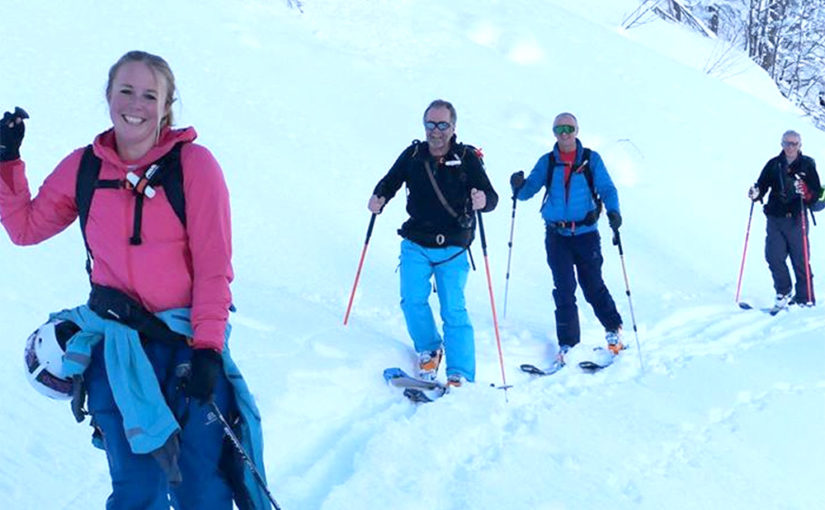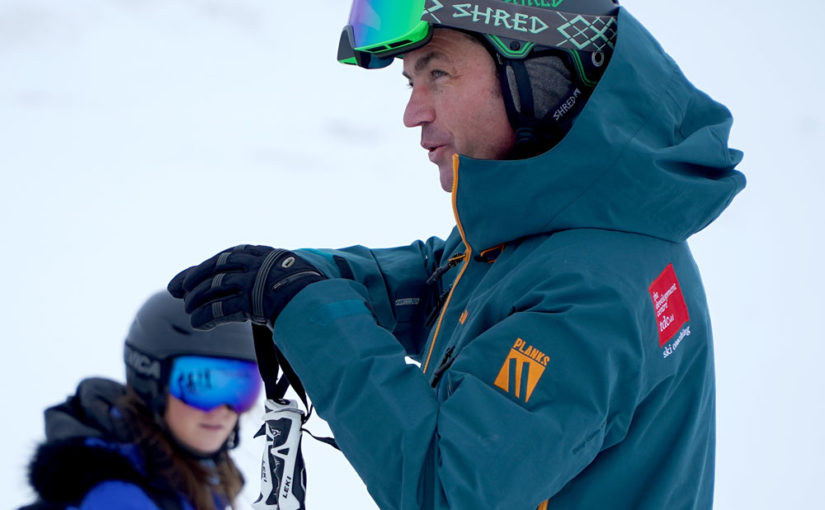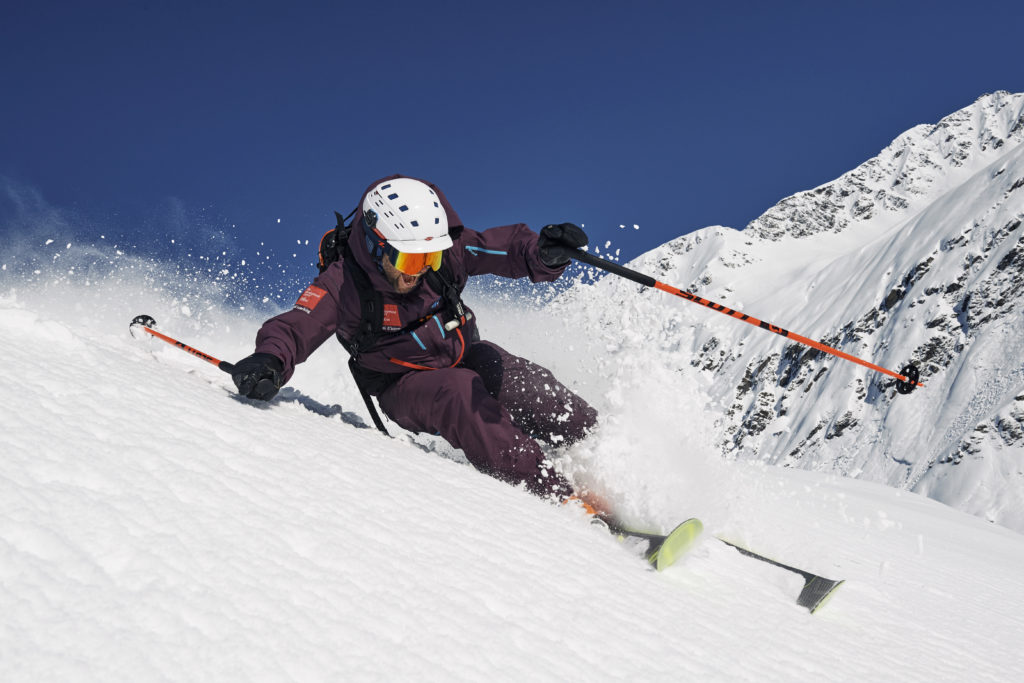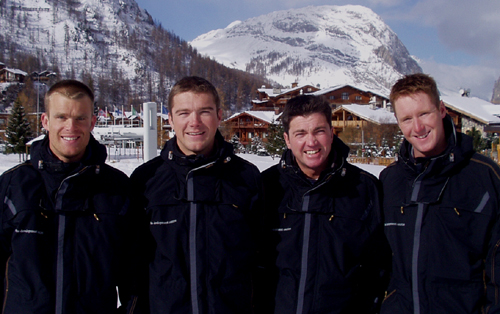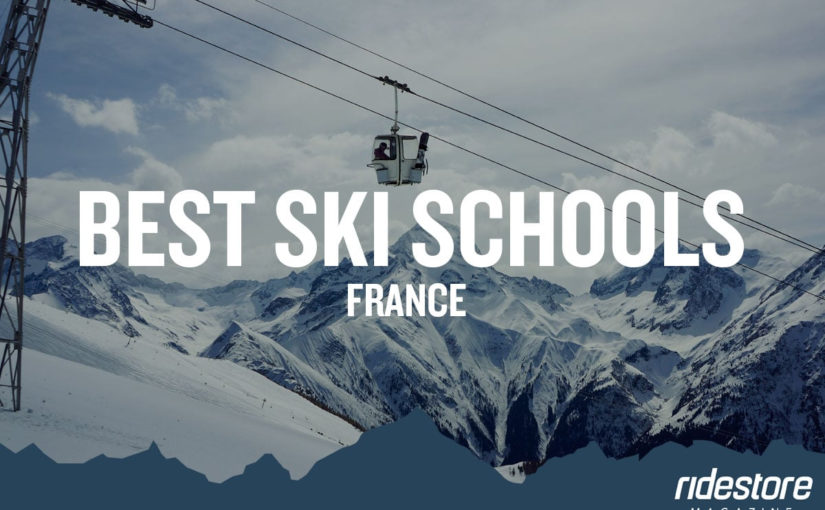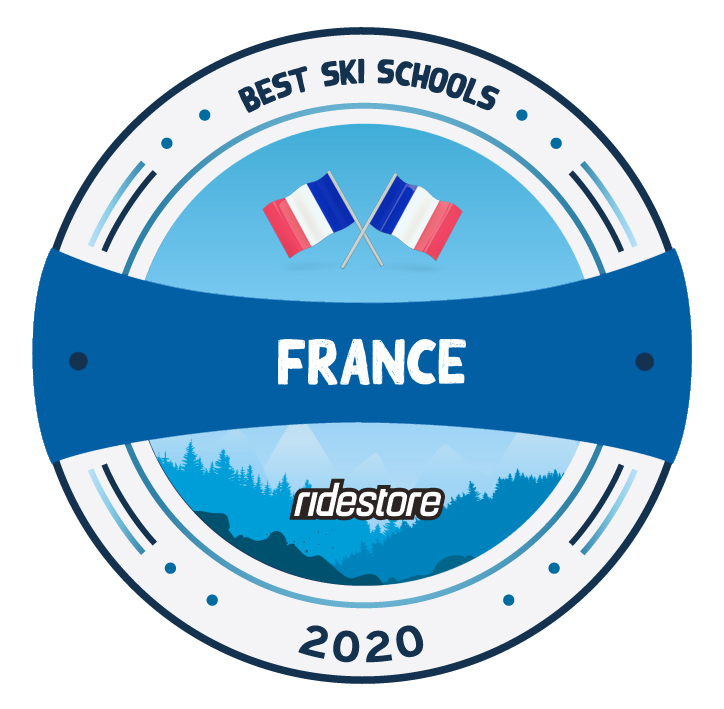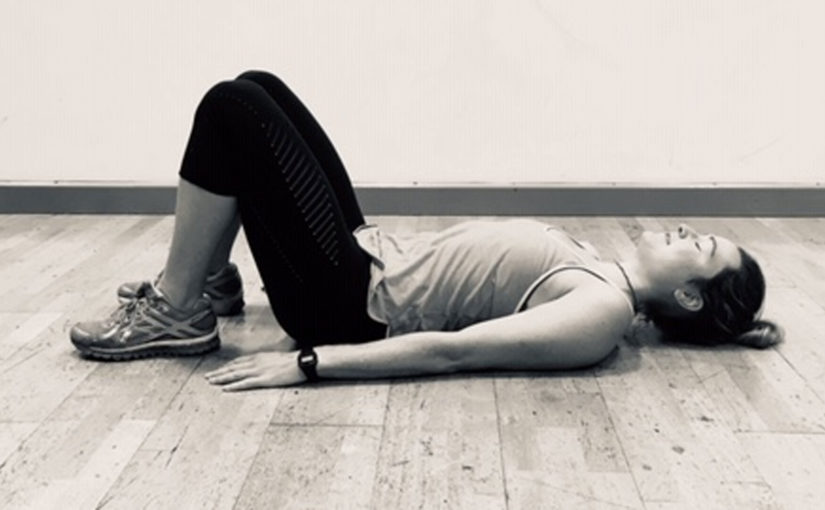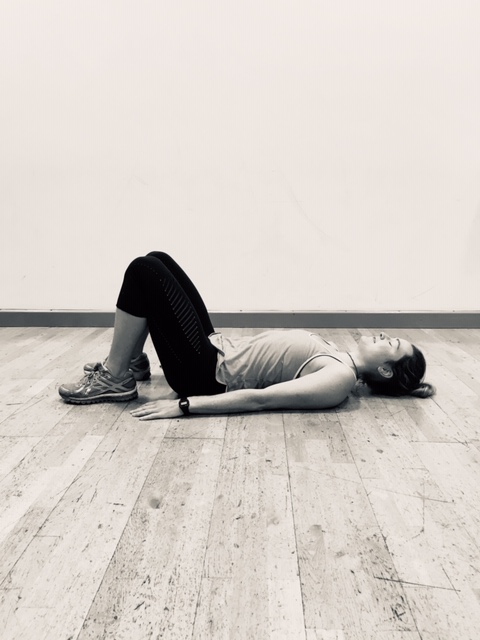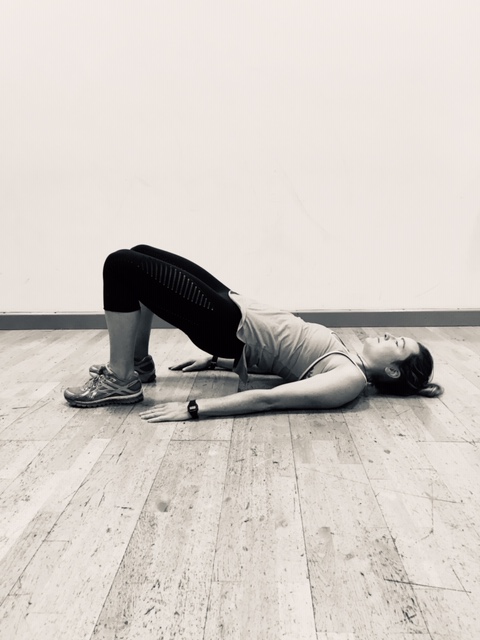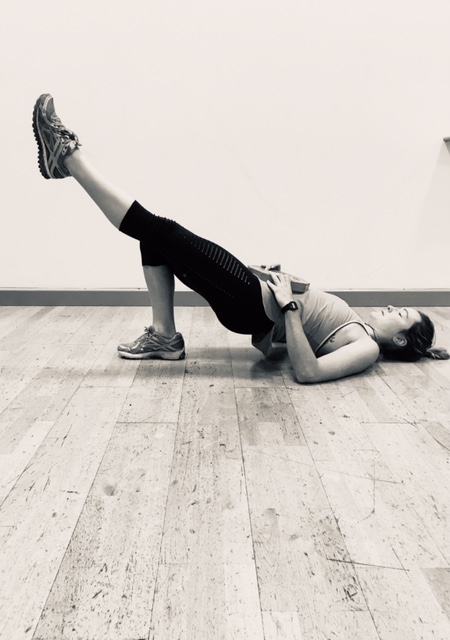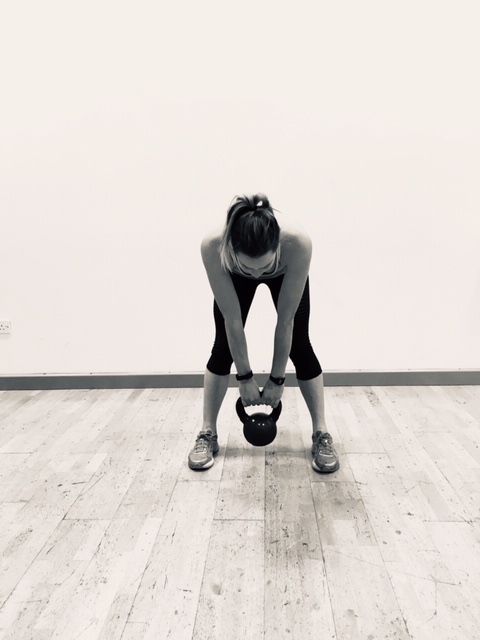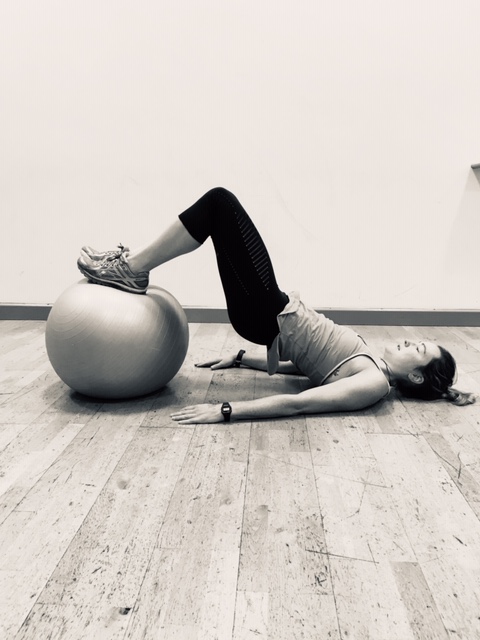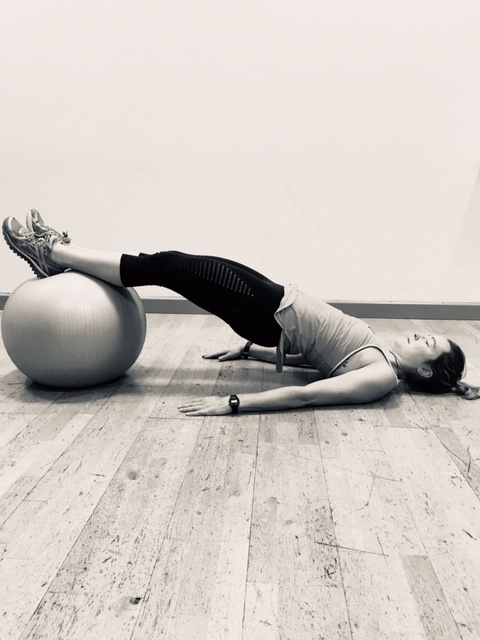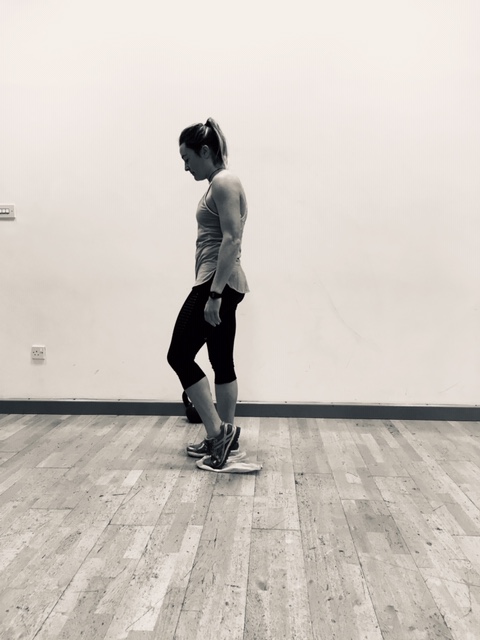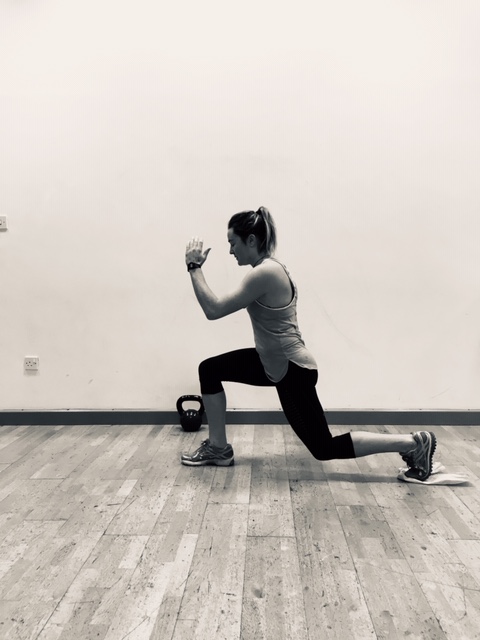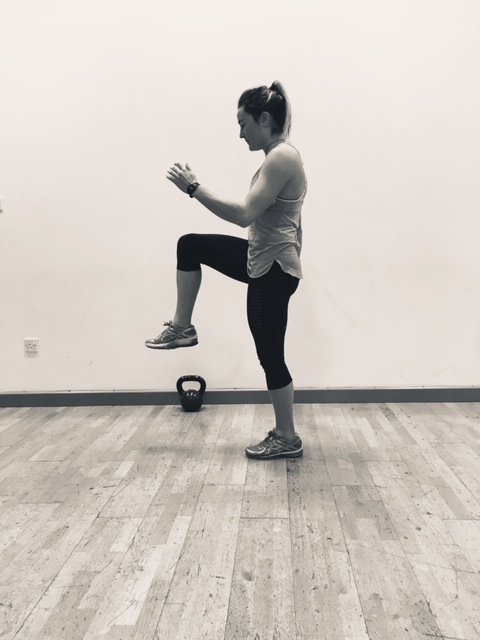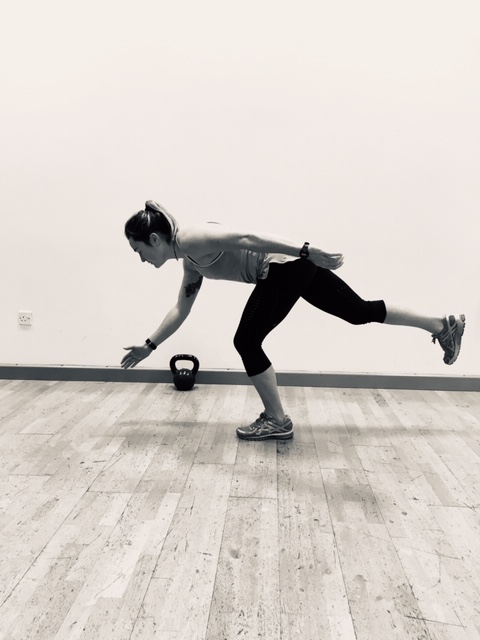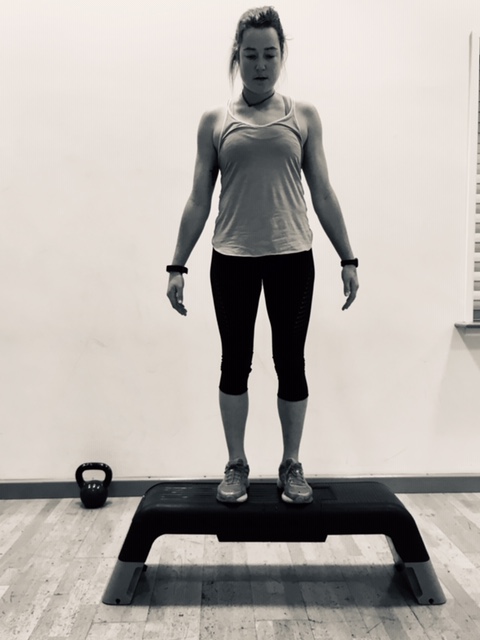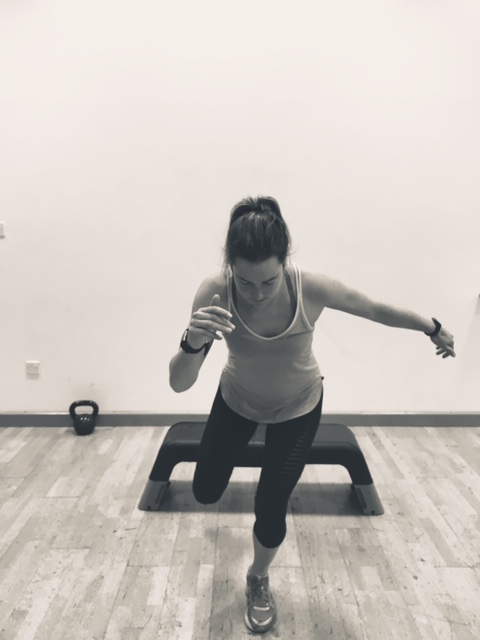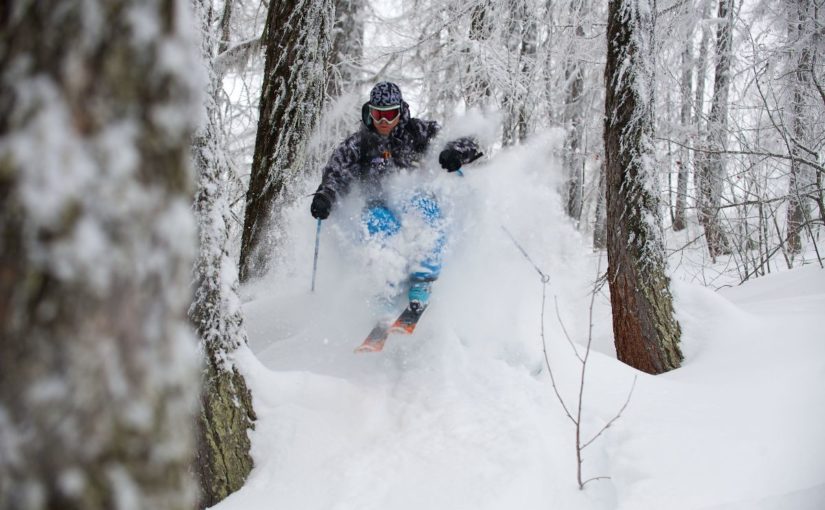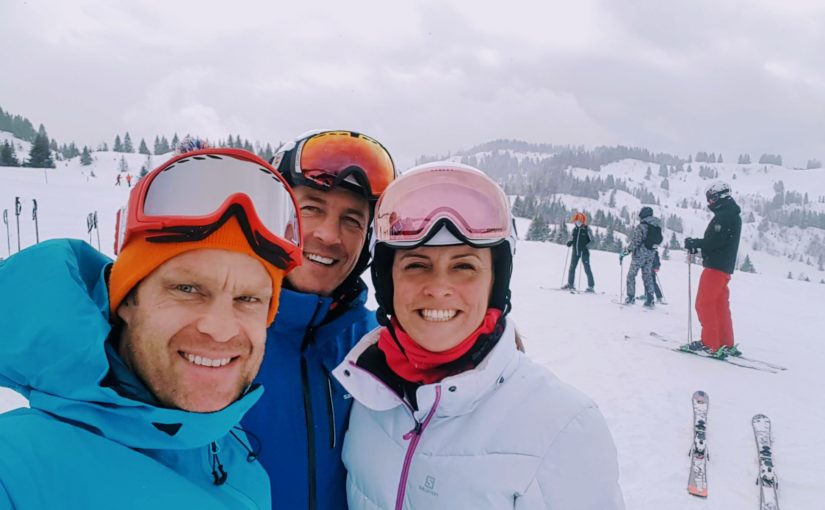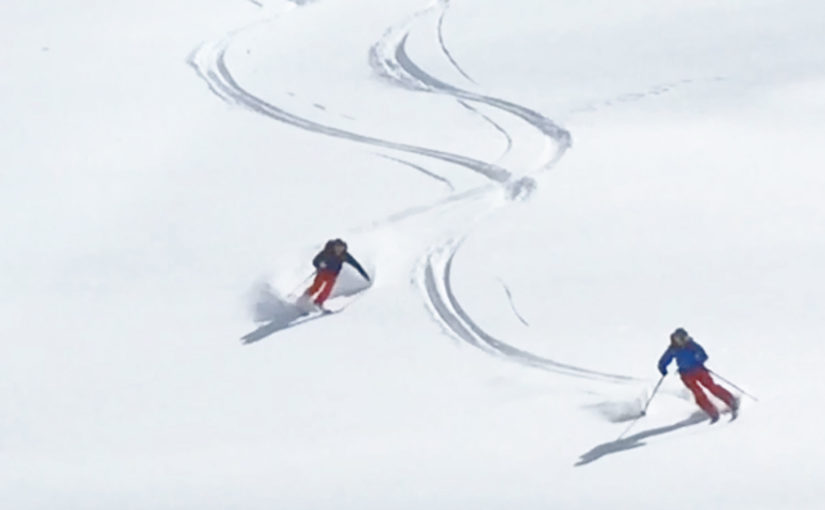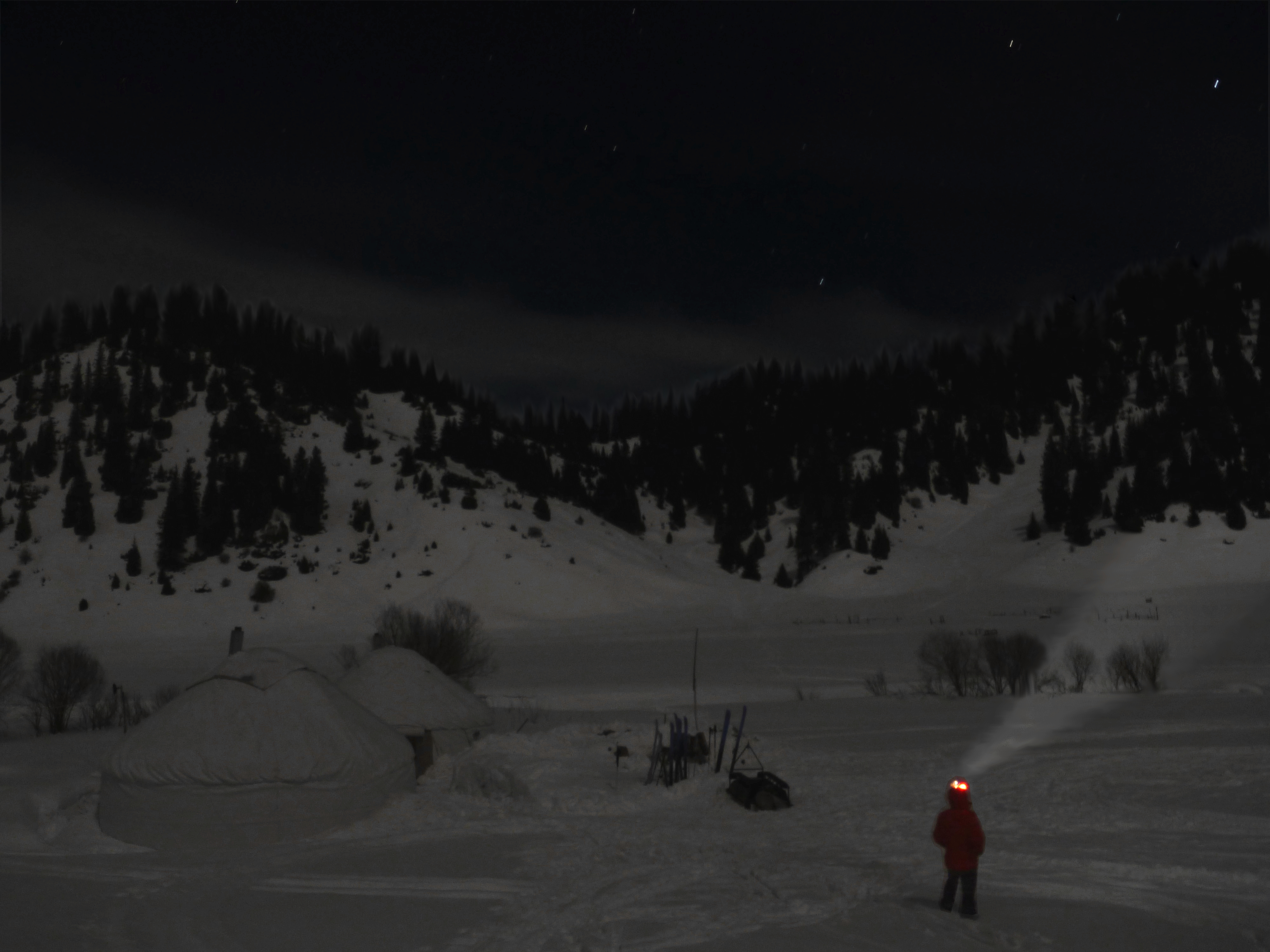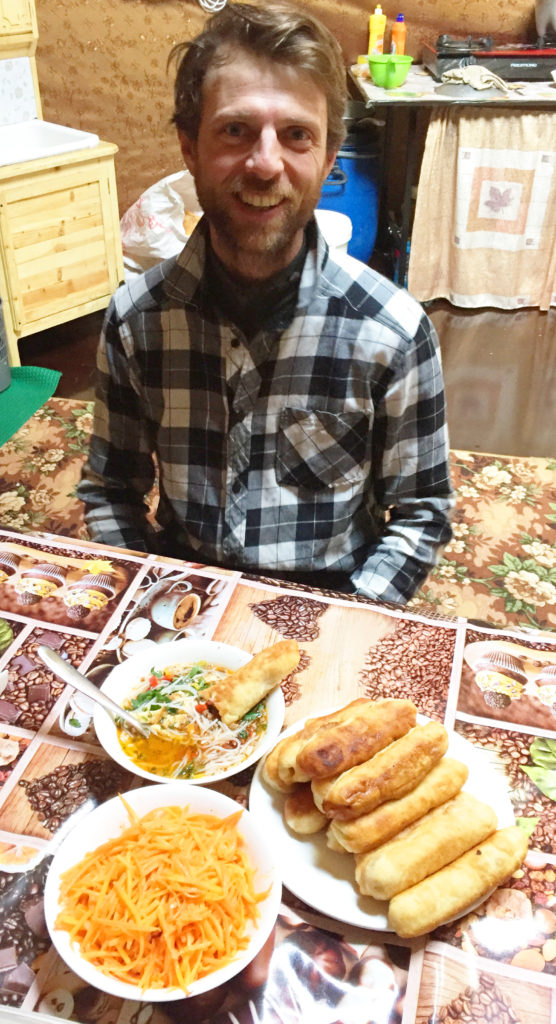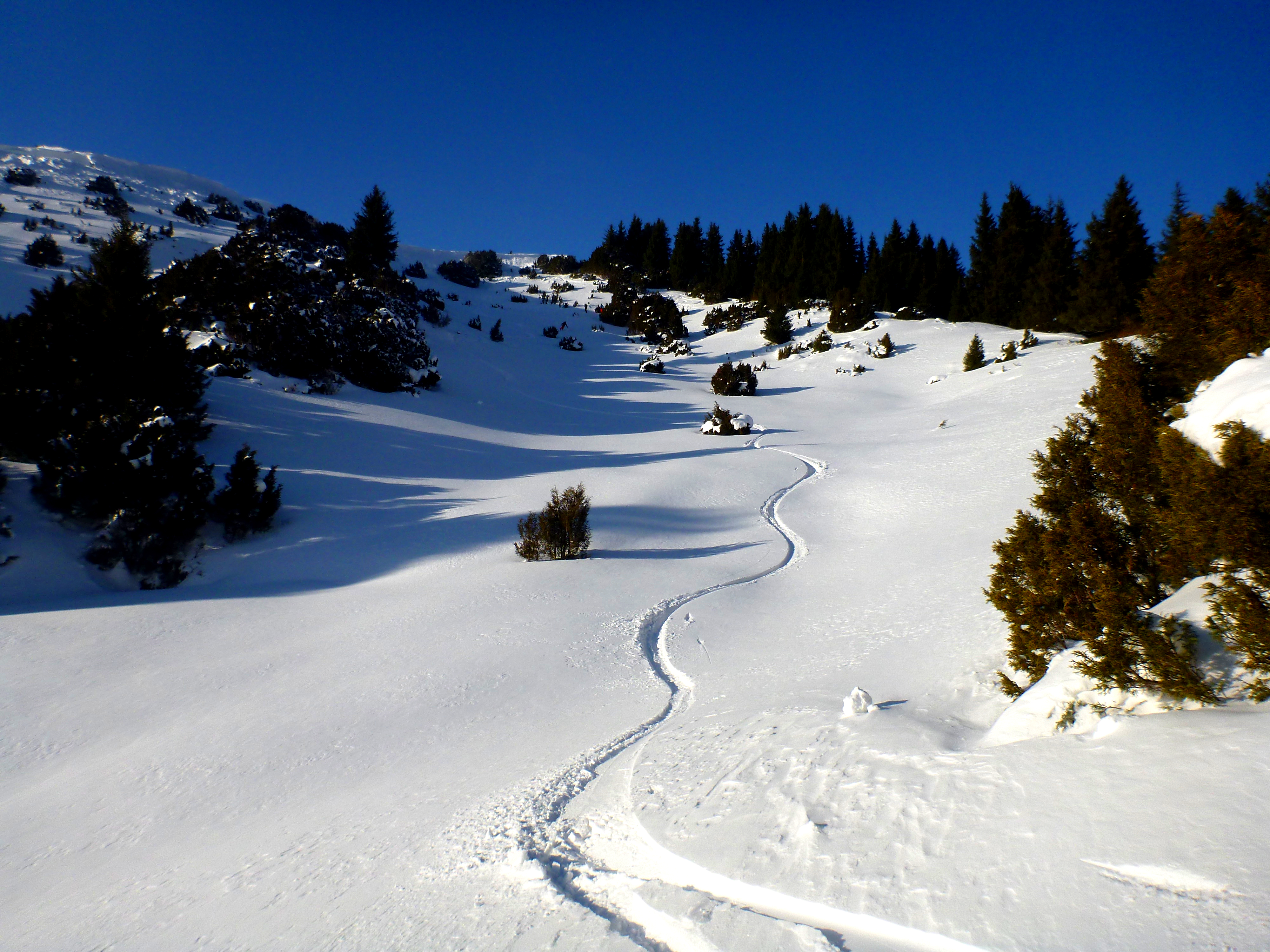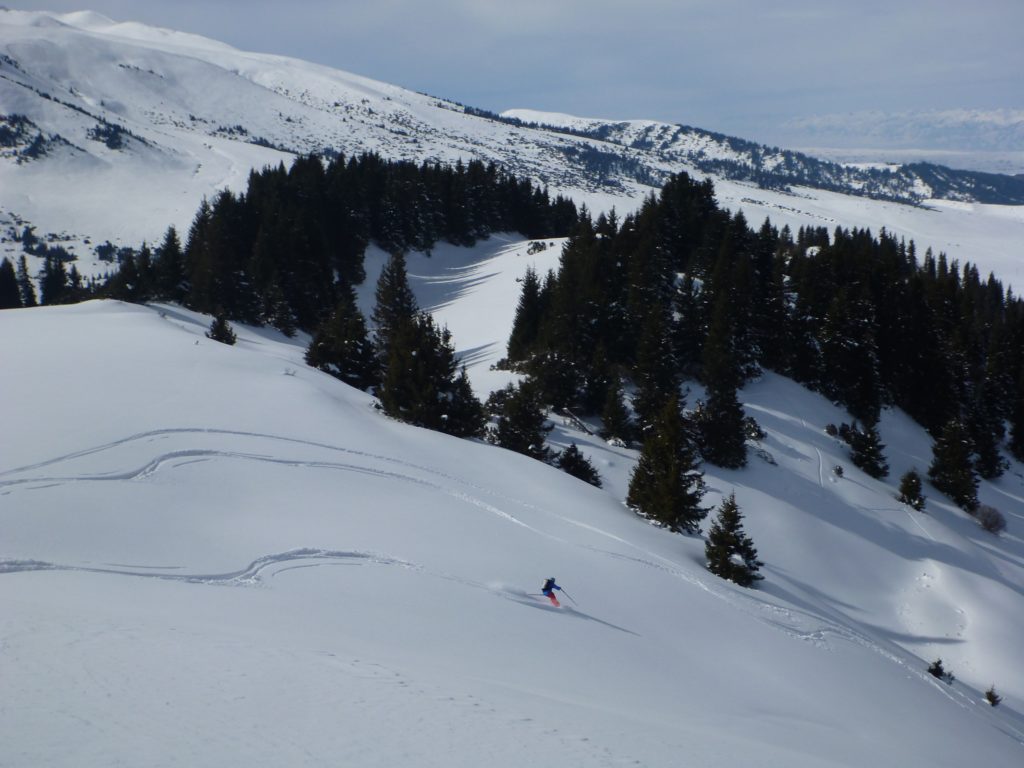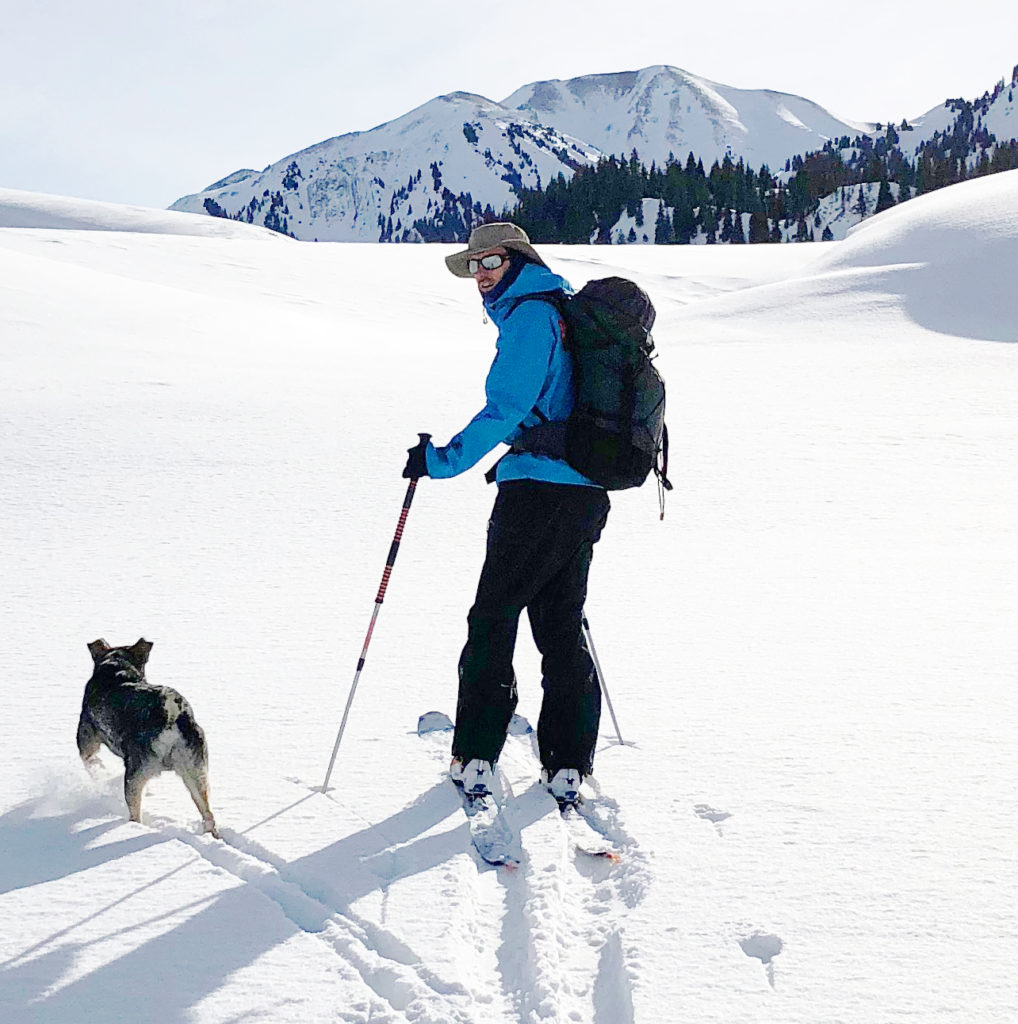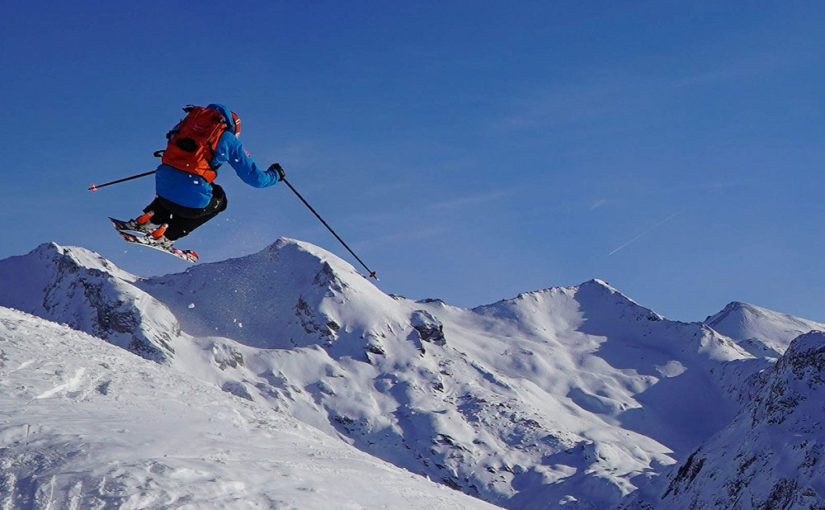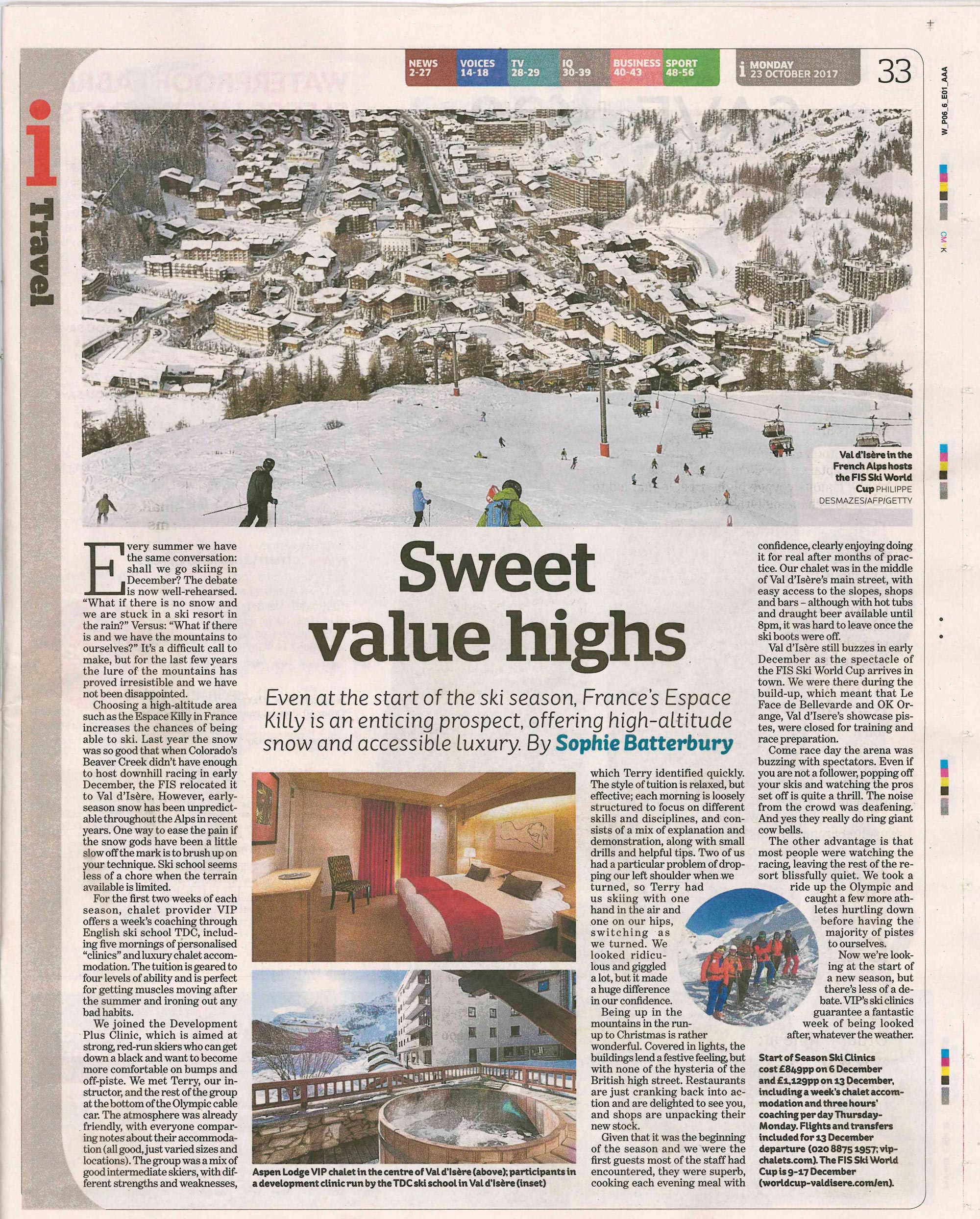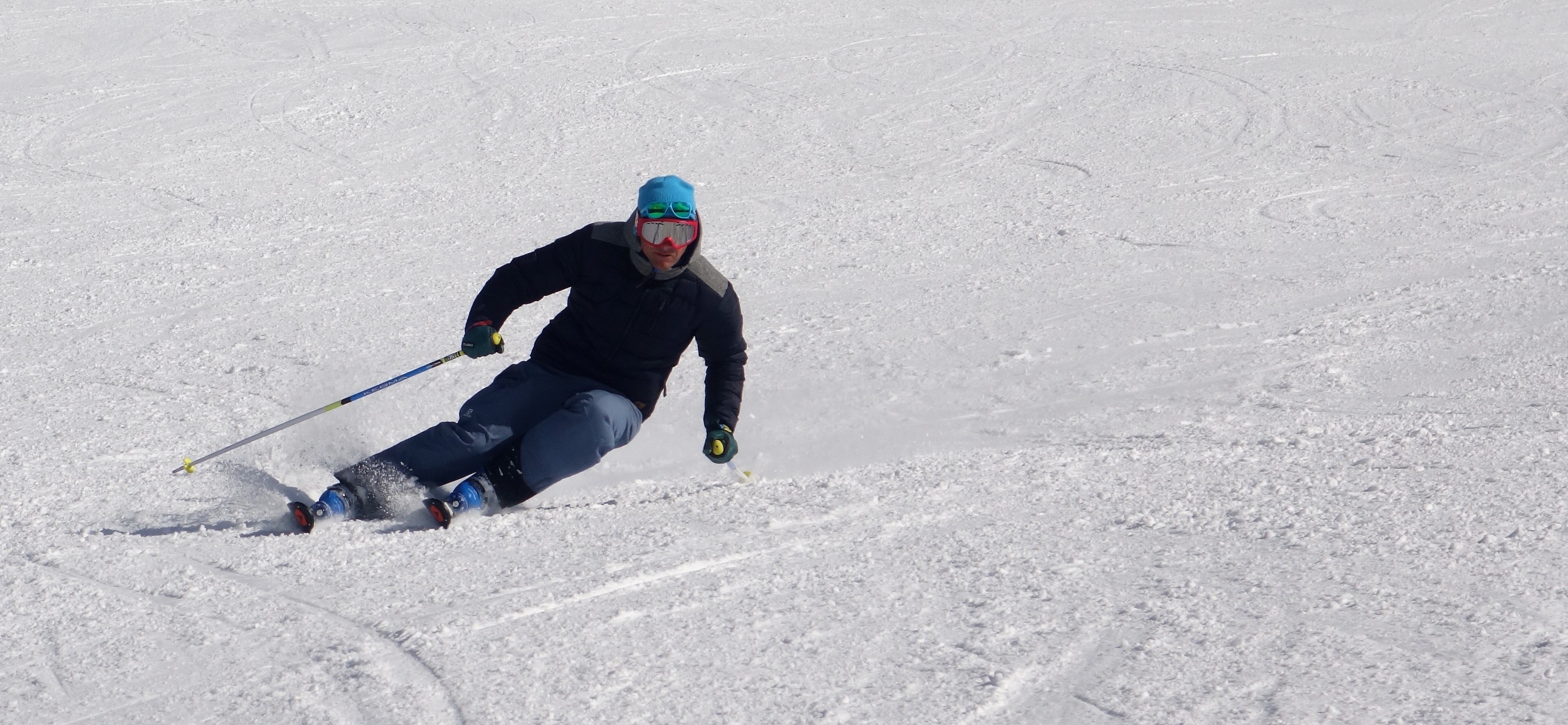In recent seasons ski touring has become more and more popular.
What exactly is this ‘ski touring’ thing I keep hearing about? Is it for me? Well, you certainly don’t need to be an amazing expert skier, and you don’t even need to be that fit…
Let’s go back – a long way – to the origins of what we now call skiing. From relics and cave paintings we are fairly sure that skiing started as a way of transporting people around snowy mountains, going from village to village, or for hunting etc.
Walking in deep snow is tricky, walking on skis keeps you up on the snow and allowed people to transport themselves more easily.
Fast forward to modern skiing, we have chairlifts to get us up the hill, and modern skis with waxed bases that allow us to slide down the hill with grace and ease.
But what if you want to get access places where the chairlifts don’t go? You can walk!. There is an issue; if a ski slides down the hill, then when you try to walk up the hill the skis will keep sliding down the hill (backwards).
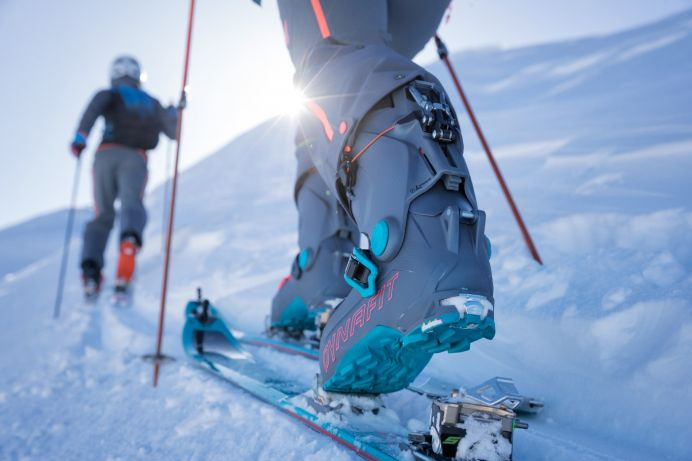
In modern skiing there has been a system to get around this issue for many years, it is called Ski Touring, or Ski Randonee, or Skin-ing.
Skin-ing was a name that came from when seal skins (modern-day “skins” are not made from seals!) were cut into the shape of the skis and tethered to the bottom of the skis. The knapp of the skin was put so that the hair ends were pointing backwards. So with skins on their skis, the skier can slide the ski forward, but it won’t slide backwards, this allows them to walk up gentle hills without sliding backwards while still being supported on top of the snow. Then when the skier gets to the top of where they wanted to go, the skins can be removed and the skier is able to ski down with their regular skis.
To make the action of walking easier, bindings were designed that would keep your heel locked down when you were skiing downhill but were able to be released at the heal for when you were walking uphill – the touring binding was born.
So to go ski touring all you needed was skis with touring bindings and skins. But as you can imagine walking uphill with your normal heavy ski boots on could be quite a drag. So ski touring boots have been developed, designed to be lightweight and suitable for walking.
All these things have been around in a recognisable modern format since the 1960’s and 70’s.
So why has it become the new cool?
Technology!!!
Fat skis – powder skis have opened up brave new worlds for all skiers to access off piste skiing.
New Pin and Frame touring bindings systems that are strong and very light.
Touring boots that allow freedom to walk up, and performance when skiing down.
Ski Touring was always about getting away from the crowded pistes and adventuring into new terrain. But there was always a play-off between light and practical equipment to walk up the hill, and having good strong performance equipment to enjoy the run back down again.
In recent years technology has improved in such a way that now skiers have skis, bindings and boots that allow the walk up to be efficient and the ski back down to be performance.
If you are a skier that wants to ski off piste then you will know the enjoyable feelings of skiing untouched powder. But as we know it all gets “skied out” after a snowfall.
Every bit of powder that can be accessed from the chair lift will get skied! But you know there is more, you can see it, but it is always in those harder to get to places.
This is when ski touring can be the solution, you can go on an adventure, get away from the madding crowds and enjoy those fresh lines.
A little bit of walking and new powder fields can be yours.
If you are keen to try out Ski Touring then TDCski run Introduction To Touring clinics – find out more…

